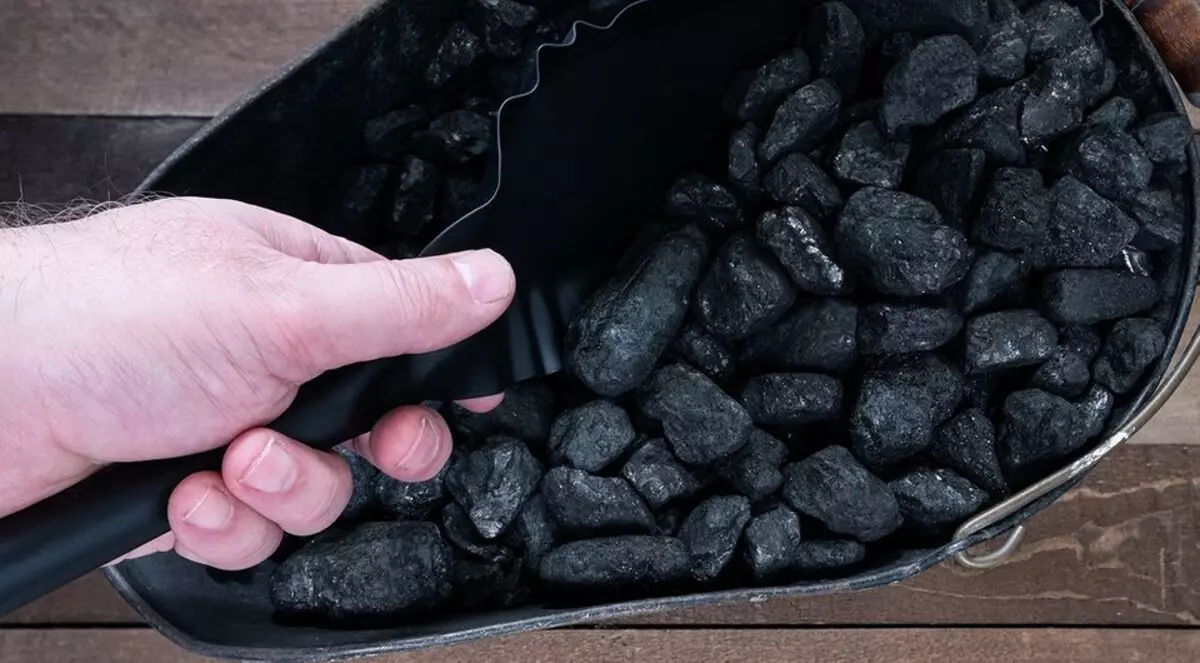We find out that we can put a pot on the bottom to remove excess moisture from the soil during watering and do not multiply by bacteria.
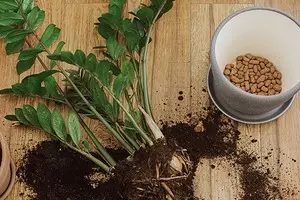
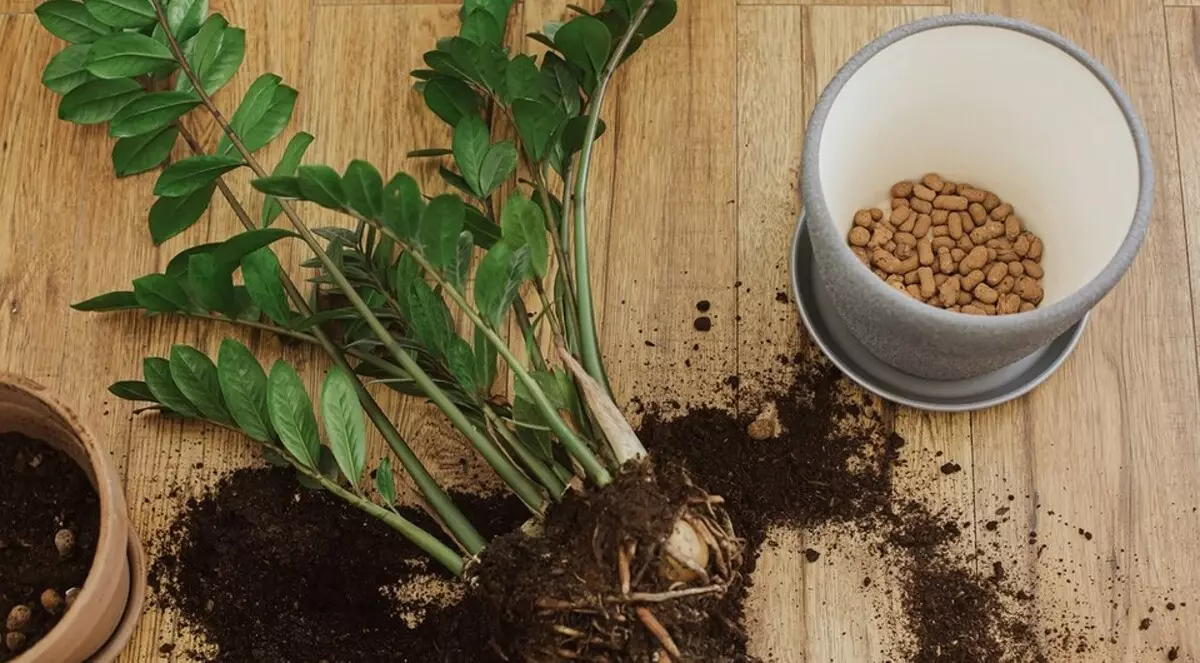
1 Ceramzit
The most popular filler for the pots is Ceramzit. This is a thermally processed porous clay. In flower shops you can find small, medium and large clay. Pick it according to the size of the pot. What it is volume, the easier it is to fill in large particles of clay.
The clay is good as well as it has good thermal insulation, so it can be used for plants that stand on the balcony or simply sensitive to temperature drops. According to the rules, once every five years, the ceramzite layer needs to be changed. But this material is quite affordable, so it is changed and more often when transplanting the plant.
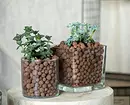
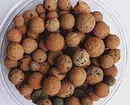
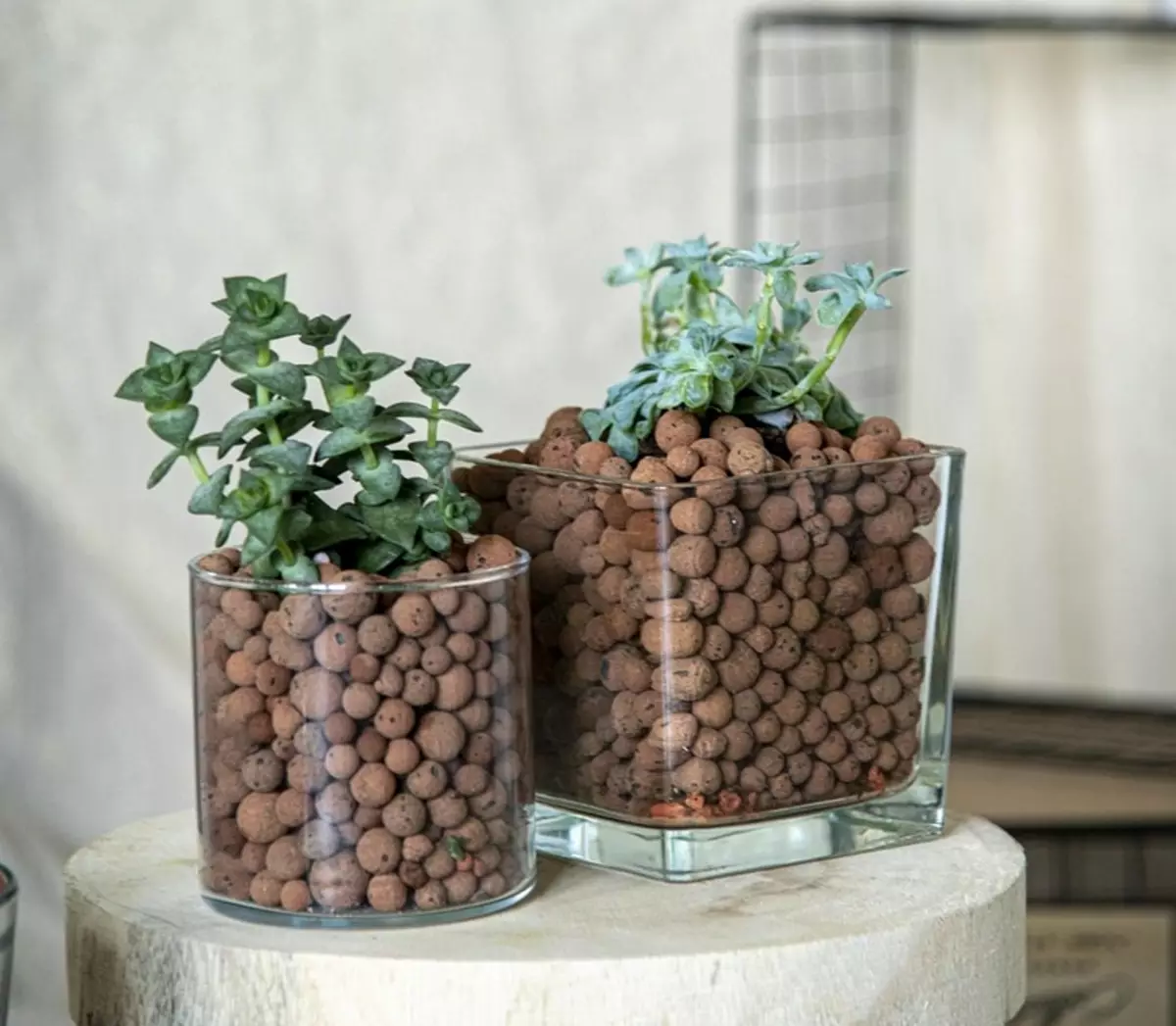
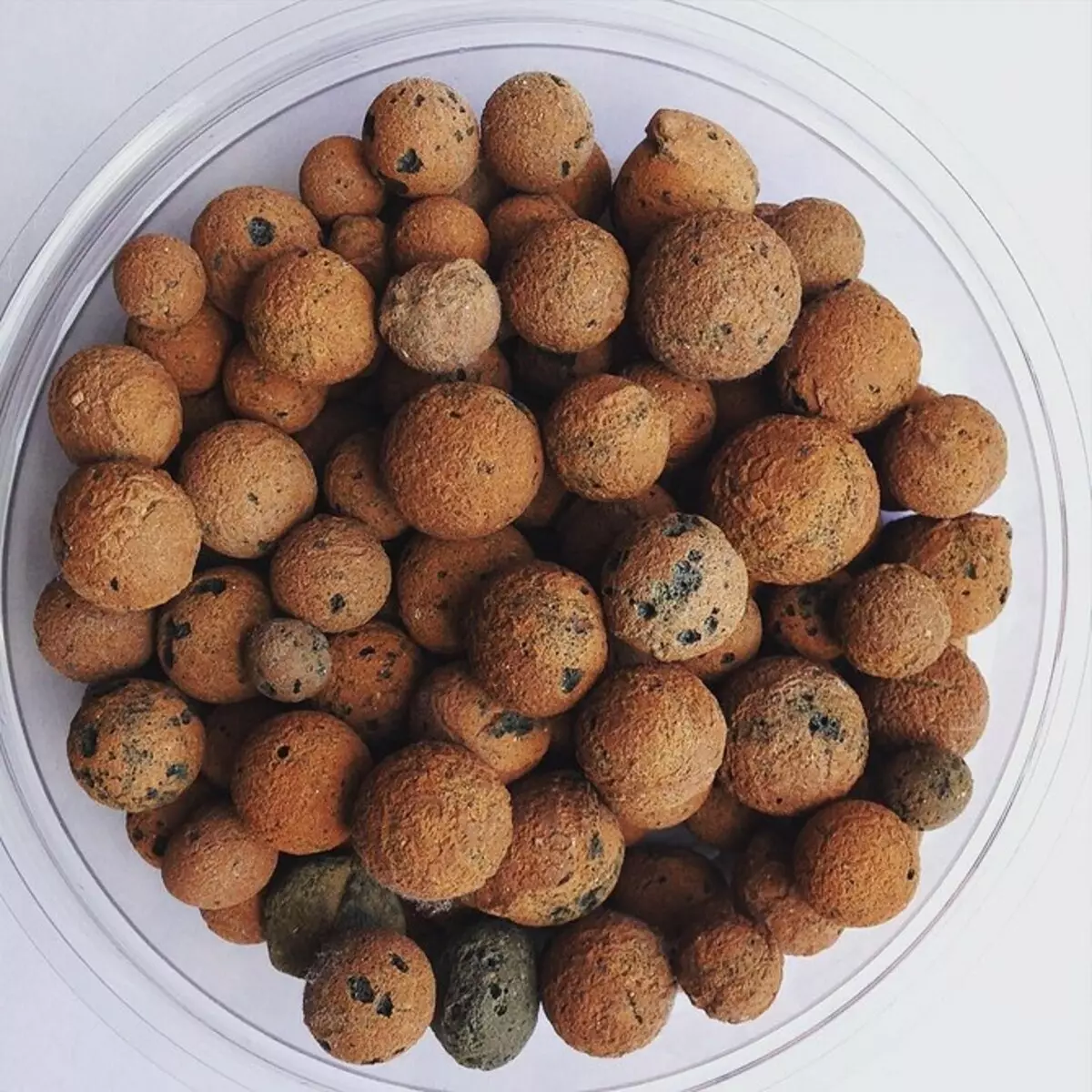
2 vermiculitis
Vermiculite - mineral with a layered structure, which was subjected to processing temperature. In stores you can find five sizes of this filler: the first is the largest, fifth - the smallest, resembling sand.
It absorbs moisture well and saturates the soil with useful mineral connections: potassium, magnesium, iron and calcium. Reduces soil watering and helps the plant with temperature drops. And it can be used as a mulch, distributing on the surface of the soil.
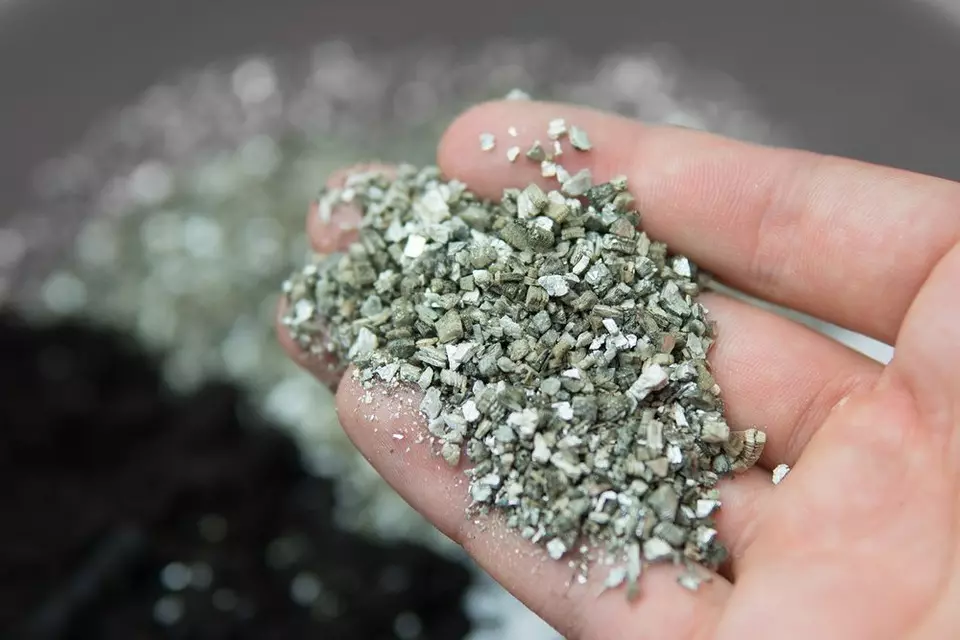
3 Perlit
Perlite is white grains from the breed of volcanic origin. In gardening applies strolling perlite, that is, past thermal processing. It does not rot, has a low thermal conductivity and can absorb and give moisture.
You can use it as a soil baking powder so that mold and putrid bacteria will start. It must be remembered that perlite in contrast to the vermiculite is a neutral material, it does not contain potassium and calcium. Therefore, mineral fertilizers in the soil will need to contribute independently.
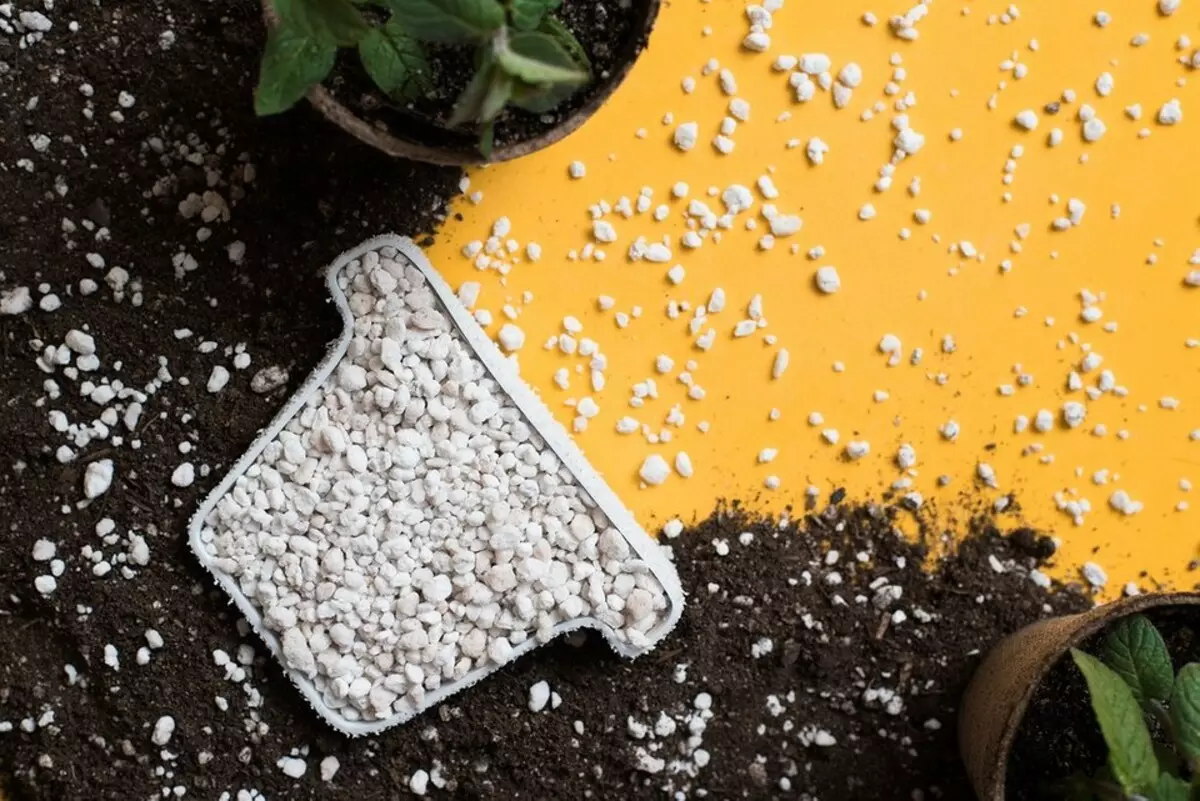
4 pebbles and crushed stone
Pebbles and crushed stone can be found even on the street, rinse thoroughly and use as drainage. They will give out excess water from the soil, but they have high thermal conductivity. This means that if the pot with such a drainage will stand on a cold windowsill, the stones will transmit cold roots. Also because of the large fraction, all the water will accumulate at the bottom of the pot, and the roots will not be able to absorb her.

5 broken brick and ceramic shards
Both materials have a natural basis, do not enter into chemical reactions and have good thermal insulation. Therefore, after careful washing and drying, they can be laid on the bottom of the pot. If the pot is large, it is better to use ceramic shards, as they are easier and you can easily rearrange him.
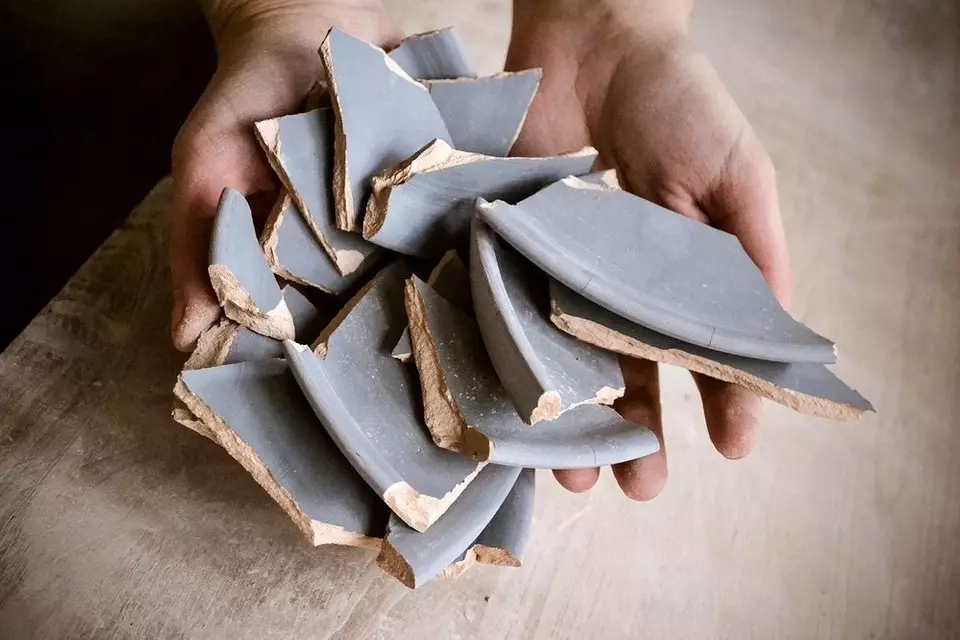
6 Polyfoam
Polyfoam can also be used as a drainage, despite its artificial origin. It is safe for plants, it will not multiply fungi and bacteria. The only nuance is due to the soft structure, roots can grow into it. This will cause a change in transplantation.
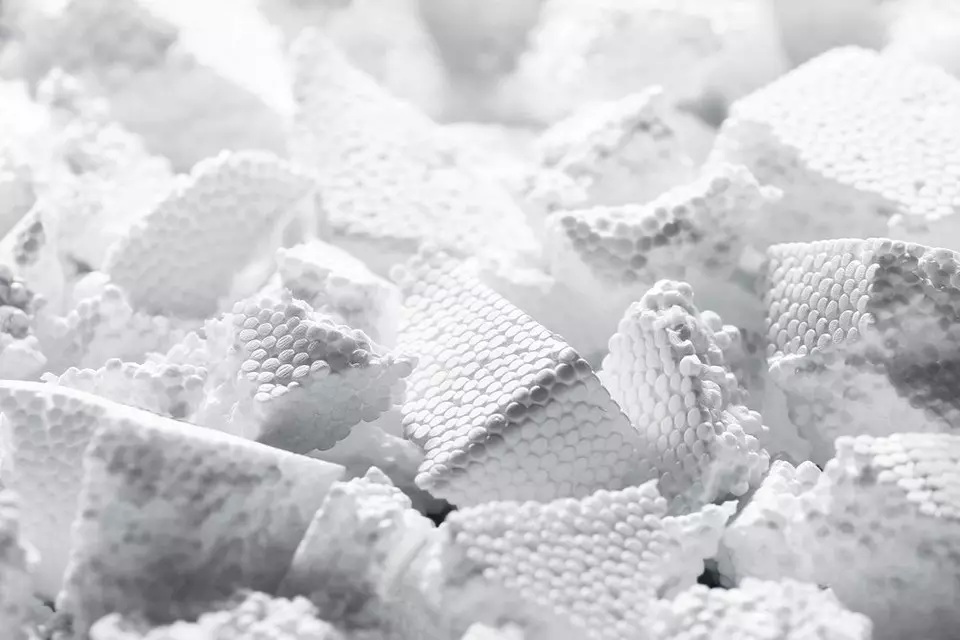
7 Wood corner
Another accessible type of drainage, which has a porous structure and sterile. Additional advantage - it acts as an antiseptic. Therefore, you can not be afraid of the root system diseases. Because of the brittleness, it is destroyed faster, so you have to change it at least once a year.
